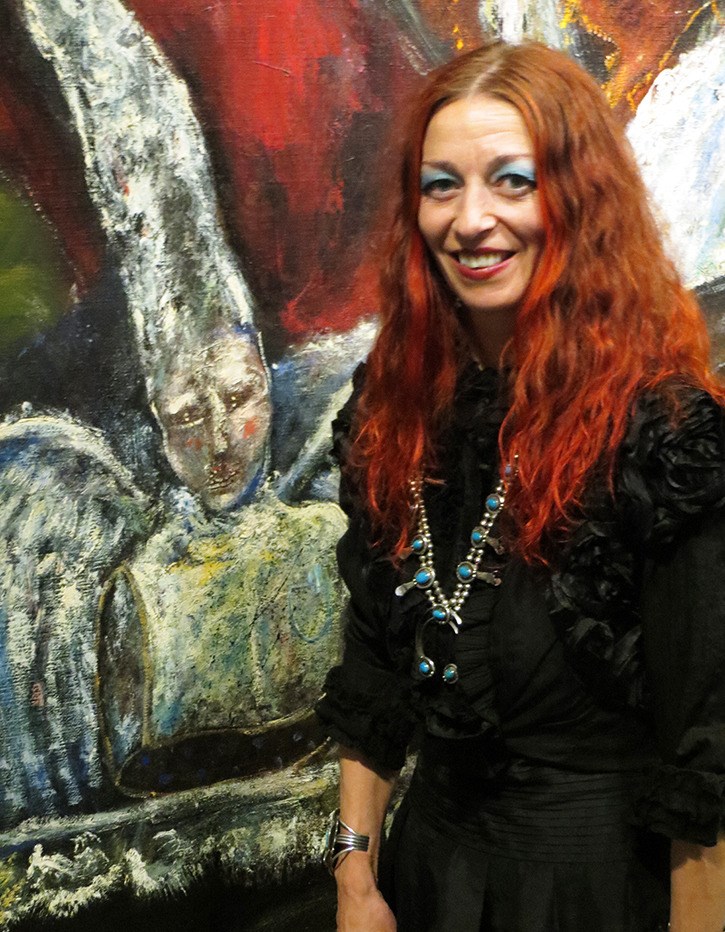Walk through a cemetery in Canada and the images you see of death are full of ethereal grace: an angel looking demurely towards the ground, a dove in flight, a serene lily.
Travel to Mexico and the images of death seem bizarrely joyful: dancing skeletons, their faces a bouquet of colours.
Whereas we dont feel comfortable with the idea of death, and try to transform it into something more emotionally palatable, Mexican culture has embraced it. During the Day of the Dead celebrations and it is a celebration people visit the dead at fancifully decorated altars.
This intermingling of the fantastical and the everyday is what Cuban novelist Alejo Carpentier described as The Marvellous Real. For him, marvellous is akin to extraordinary, as Dr. Nicola Levell explains in the book that accompanies the exhibit she has curated for the Museum of Anthropology. Everything strange, everything amazing, everything that eludes established norms is marvellous, Carpentier said.
He discovered The Marvellous Real during his first trip to Mexico in 1921, the year that the exhibit bearing the same name begins its artistic exploration of the theme.
All of the 200 pieces were inspired by Mexico; some are by Mexicans, including Frida Kahlo who expressed her disgust with America in her only collage, My Dress Hangs Here.
In choosing the pieces, Dr. Levell hasnt tried to say This is Mexico. Theres nothing nationalistic about the exhibit. Instead, like Carpentier, she wants Mexican reality to appear new to our eyes.
Art is not purely representative of a reality, she says. It speaks at a deeper, symbolic level and how we navigate our way through life.... Marvellous is about the extraordinary and the bizarre and then coming together with the real.
One piece is a collection of single shoes that Sandra Cabriada found during her walks through Mexico City. Where have those shoes been? Who wore them? Why have they been separated from or abandoned by their mate?
The piece thats seen on the side of buses throughout Vancouver is by Carlos Amorales. (Its untitled.) His birds on a wire are at the centre of vectorial calculation that suggests we are glimpsing them just before the moment of dissolution, like the aura of a ghost. Their red eyes certainly give them an otherworldly guise.
To enter to win a copy of exhibits hard-cover book, The Marvellous Real, and tickets to the exhibit, click here.


